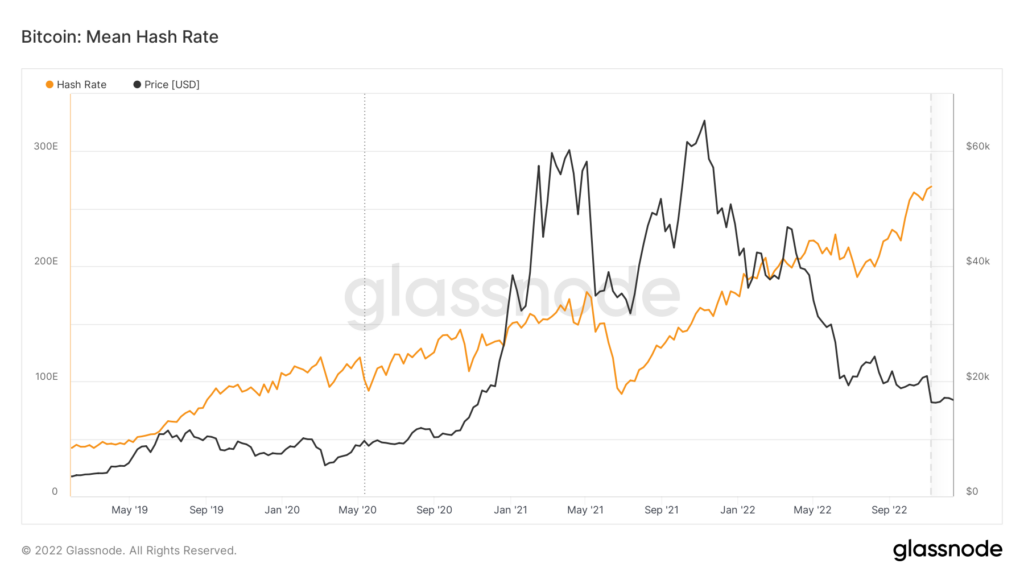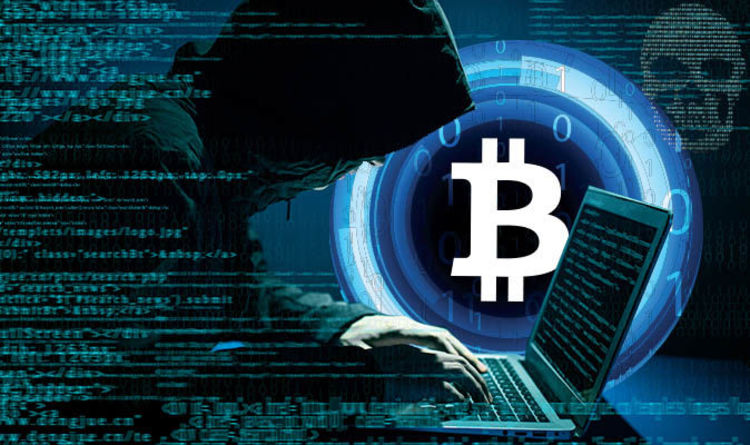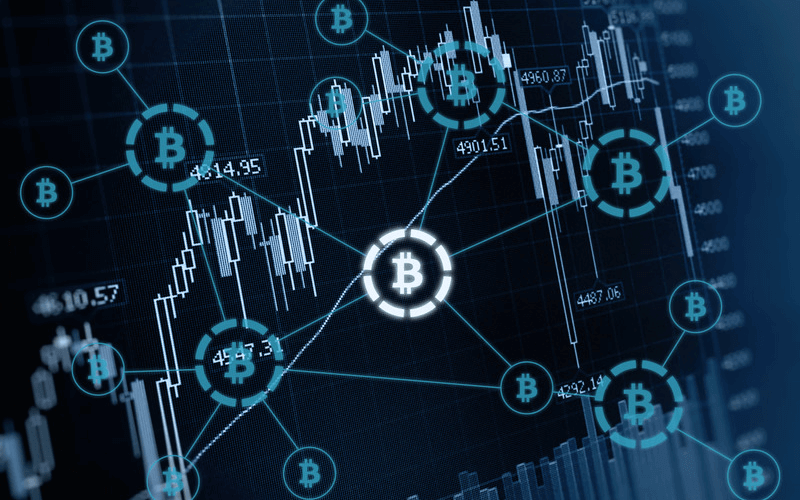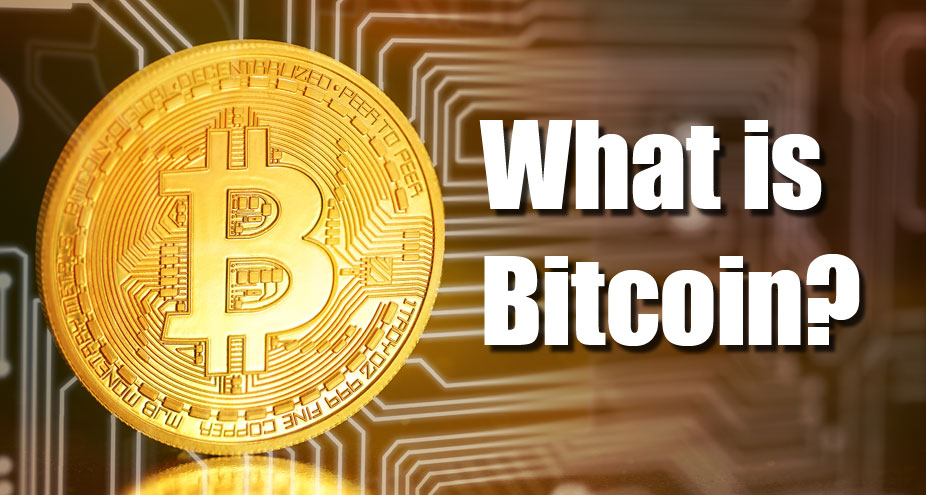Online betting in India is growing fast, and so is the use of cryptocurrency. As more Indians invest in Bitcoin, Ethereum, and other digital coins, it’s no surprise that indian betting sites are starting to accept crypto as a form of payment. For many tech-savvy punters, crypto offers a faster, safer, and more private way […]







